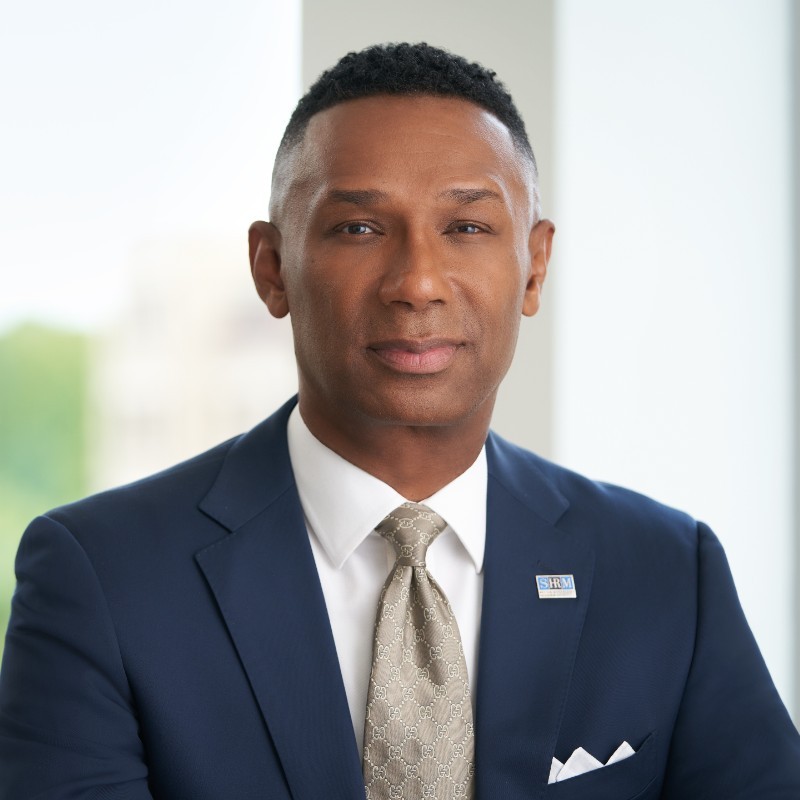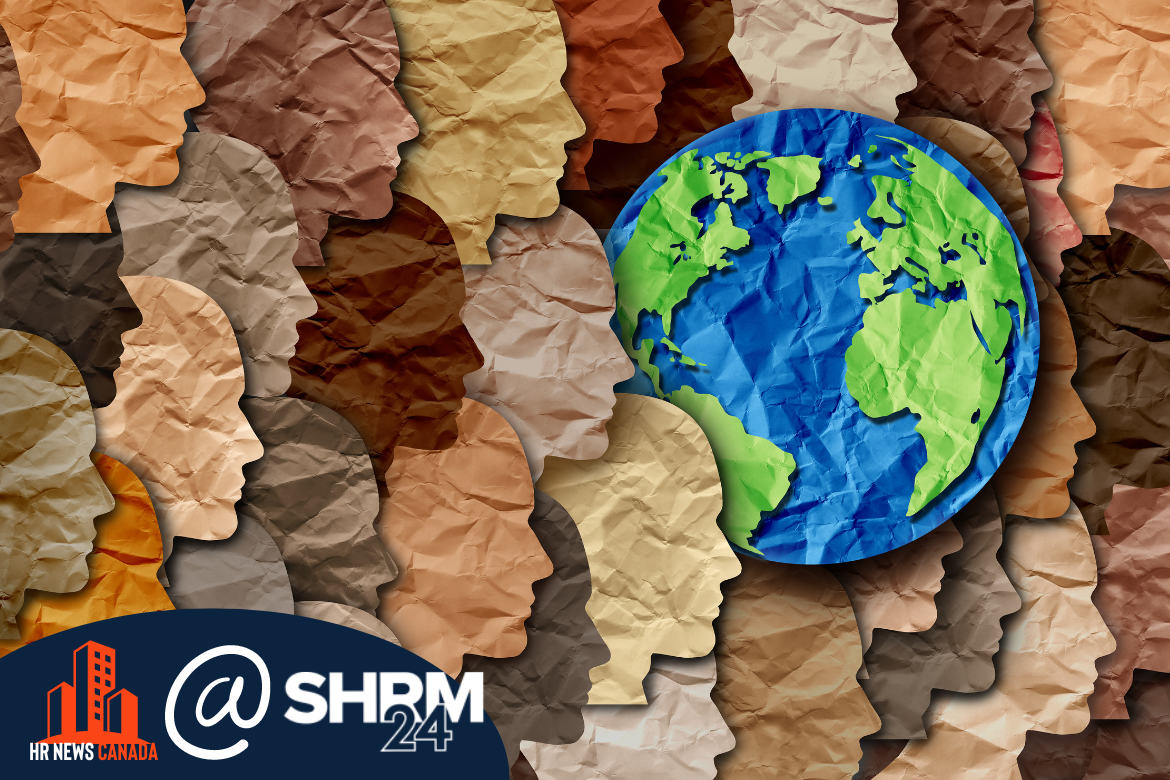CHICAGO — Diversity and inclusion is facing a “backlash moment” as efforts have gone from well-intentioned to weaponized, according to Johnny C. Taylor Jr., president and CEO of the Society for Human Resource Management (SHRM).
The HR profession “must step in” to address issues, relabel efforts, and ensure that absolutely everyone feels included, he said from the stage at SHRM24 in Chicago.
“Broader society is asking for us to help sort this, and workplaces are demanding that we fix this vexing social issue,” he said.
Fundamental diversity challenges
One major challenge facing diversity is that many HR professionals don’t understand — or can’t agree — what DEI is, he said. “I know you don’t like that, but that’s the reality.”
“Part of it is because 30 years ago it was diversity. Then it was diversity and inclusion. There was diversity, equity, inclusion. Then it was diversity, equity, inclusion and access. Then it becomes belonging. We just kept adding stuff to it because we’re trying to solve the problem. And we didn’t get to the root of it.”
Johnny C. Taylor Jr.
Taylor said there’s not even clarity about who falls under the umbrella. Does it only mean underrepresented groups from a civil rights standpoint? “Or does that mean all of the 30 or so different dimensions of diversity? Neurodiversity, etc.,” he said. “We’re not even clear about that and we don’t agree.”
He talked about equity, and how “very few people have a common understanding of what it means.”
“We’ve allowed others to define for us what this work is, and as a result it’s a problem,” said Taylor.

Taylor criticized the binary framework through which inclusion has traditionally been viewed.
“Remember how we grew up? You were white and you were black. You were older, you were young. You were male or you’re female. You were American or you were an immigrant. You were liberal or conservative. You were gay or you were straight.”
But that kind of binary thinking doesn’t work anymore, he said.
“Interest in diversity goes far beyond traditional differences,” he said. “There are now at least 30 different recognized dimensions of diversity. Things have changed over the last 30 years and business — HR in particular — has done a very, very poor job communicating this change, much less responding to it.”
Time for a diversity reset: ‘Keep it simple’
Taylor said that CEOs and leaders who say DEI must die are “lunatics.” But it is time for a reset and re-envisioning.
SHRM, for example, has tweaked the label it uses. It now calls it “inclusion and diversity.”
“We’re going to keep it simple,” he said. “Yes, we’re always going to focus on ‘D’ but we’re going to lead with inclusion, because we need a world where inclusion is front and centre.”
Critically, that means inclusion for all people, not some, said Taylor.
“If we think that the game we played over 30 years, which is to make some people feel badly about what they have done, or their ancestors have done or whatever, if you think that’s going to solve the problem? It didn’t work over 30 years. We’ve got to adapt a new approach.”
Johnny C. Taylor Jr.
Diversity is strength, he emphasized, and anyone who doesn’t understand that doesn’t understand business.
Courage needed
Taylor conceded that putting a strong focus on inclusion and diversity in this landscape is going to take “some courage.”
“In fact, I can imagine right now I’m going to be attacked online,” he said.
But HR needs to stand up to the people who want to kill inclusion efforts or who want it to go away.
“My friends, we can’t be intimidated,” he said. “But we have to have the courage of our knowledge and our convictions, because I&D can work. I&D must work for all employees, businesses, customers and the economy. And our society, and we have to prove it. We’re going to run headlong into this truth with everything we’ve got and I need your help.”






1 comment
Organizational frameworks like DEI often emerge in response to policies, which in turn operationalize laws, which in turn are typically enacted in response to societal pressures. (Consider for example the 1960s US civil rights movement, laws, affirmative action policies, and the advent of diversity training).
But discrimination laws haven’t always kept up with those pressures. And those pressures show up in organizations nonetheless, with many people bringing to the workplace more inclusive, non-binary understandings of what it means to be a human.
On its path to re-envision DEI and take a new approach, instead of continuing to develop frameworks in response to policy mandates, HR has the opportunity to pull from other sources, like employees and applicants themselves. This is one concrete way in way the profession can take action to reflect its strategic function.
Finally, to “have the courage of our knowledge and our convictions”, to use Taylor’s words, HR professionals must articulate why “diversity is strength”, and why inclusion has value for individuals, organizations, the economy, and society. And beyond articulating it, they need to believe and value it.
Comments are closed.